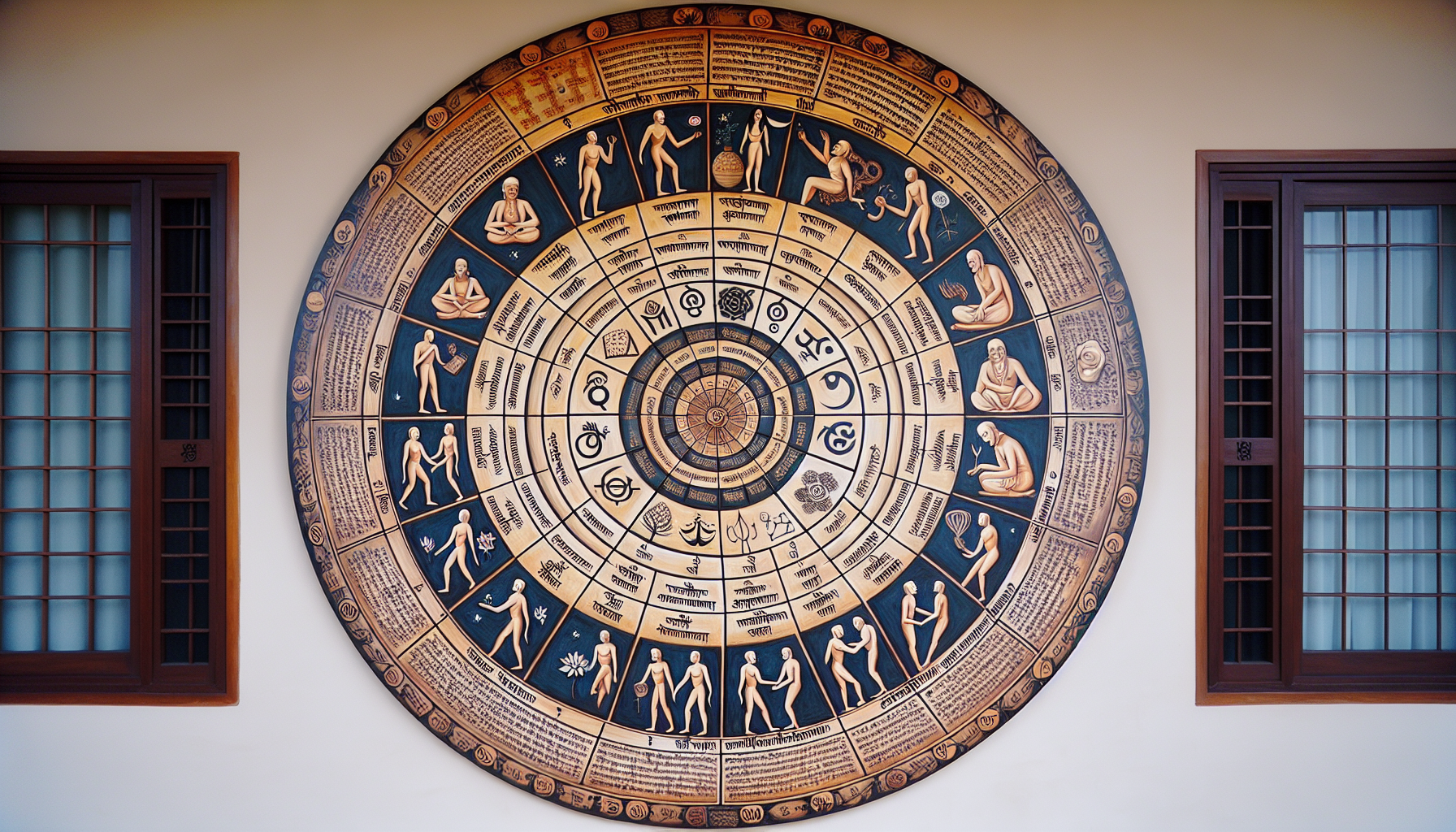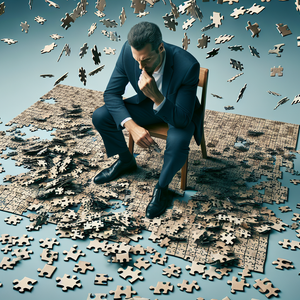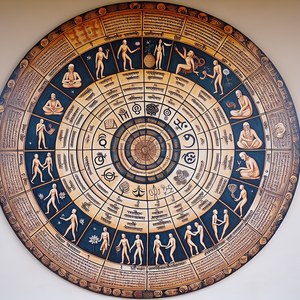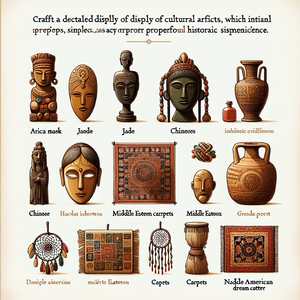The Intersection of Art and Human Rights Advocacy

One of the most compelling aspects of art is its ability to give voice to the marginalized and oppressed. Artists often draw from personal experiences or the struggles of their communities, translating pain and resilience into powerful narratives that resonate with a broader audience. Take, for example, the work of Ai Weiwei, a Chinese contemporary artist and activist. His installations, such as "Sunflower Seeds," and his public protests against authoritarianism have sparked global conversations about freedom of expression, human rights, and governmental accountability. Weiwei’s art not only reflects his own experiences with oppression but also amplifies the voices of countless individuals who suffer under similar regimes. In addition to Weiwei, the work of artists like Frida Kahlo offers insights into personal and collective trauma. Kahlo’s paintings often explore themes of identity, post-colonialism, and gender, inviting viewers to reflect on the complexities of human experience. Her work serves as a testament to how art can articulate the struggles of individuals while simultaneously resonating with broader societal issues.
Visual Arts: Capturing Moments of Injustice
Visual arts, including painting, photography, and installations, play a significant role in human rights advocacy by capturing moments of injustice and eliciting emotional responses. Artists like Sebastião Salgado use photography to document the plight of refugees, the impact of climate change, and the struggles of marginalized communities. His powerful imagery invites viewers to confront uncomfortable truths and fosters a sense of empathy for those depicted. Salgado’s work has not only raised awareness but has also inspired action, as individuals and organizations rally to support humanitarian causes depicted in his photographs. Moreover, street art has emerged as an influential form of protest in recent years. Murals and graffiti often convey powerful messages about social justice, equality, and human rights. The work of artists like Banksy, who tackles issues such as war, poverty, and surveillance through his provocative street art, illustrates how public spaces can serve as platforms for dialogue and resistance. These visual expressions challenge societal norms and encourage communities to reflect on their values and responsibilities toward one another. A case in point is the “We the People” mural in Los Angeles, which celebrates diversity and inclusivity while simultaneously addressing issues of immigration and human rights. This collaboration among several artists demonstrates how visual art can mobilize communities and spark important conversations.
Performing Arts: Engaging Audiences Through Emotion
The performing arts—encompassing theater, dance, and music—also hold immense potential for human rights advocacy. Theater, in particular, has a rich history of addressing social issues and fostering discussions that promote change. For instance, the play "The Vagina Monologues" by Eve Ensler has been instrumental in raising awareness about violence against women and advocating for gender equality. Through storytelling and personal narratives, the play invites audiences to confront uncomfortable realities and empowers survivors to reclaim their voices. Similarly, music has always served as a rallying cry for social movements. Artists like Bob Dylan and Nina Simone used their music to address issues of civil rights and inequality, inspiring generations to take action. Today, contemporary musicians continue this tradition, using their platforms to advocate for human rights. For example, artists like Beyoncé and Kendrick Lamar incorporate themes of social justice and activism into their work, igniting conversations about race, identity, and systemic oppression. Additionally, dance has emerged as a powerful medium for expression and activism. Choreographers like Bill T. Jones and the Alvin Ailey American Dance Theater have used their performances to explore themes of race, identity, and resilience, engaging audiences in discussions about social justice through the language of movement.
Art as a Tool for Activism and Education
Beyond raising awareness, art can also mobilize communities and serve as a tool for activism and education. Collaborative art projects, such as community murals or public performances, create spaces for dialogue and foster a sense of unity among participants. These initiatives encourage individuals to engage with social issues creatively, empowering them to take ownership of their narratives and advocate for change. Organizations like Art for Amnesty harness the power of art to amplify human rights campaigns. By partnering with artists to create impactful works, they engage audiences in conversations about urgent issues, such as political prisoners and freedom of expression. These collaborations highlight the importance of art in advocacy, demonstrating how creative expression can transcend barriers and inspire collective action. Moreover, art education programs focused on human rights themes can cultivate the next generation of advocates. By providing opportunities for individuals to express their ideas and concerns through various artistic mediums, these programs foster a culture of critical thinking and civic engagement.
The intersection of art and human rights advocacy is a rich and vital space where creativity meets social justice. Artists from various mediums harness their talents to illuminate the struggles of marginalized communities, provoke thought, and inspire action. By engaging audiences emotionally and encouraging dialogue, art has the power to challenge perceptions and foster a culture of empathy and understanding. As we continue to confront pressing human rights issues worldwide, it is essential to recognize and support the role of art in advocacy, celebrating its ability to catalyze change and give voice to the voiceless. Through art, we can envision a world where human rights are upheld, and every individual’s dignity is respected. As we advocate for a more just society, the synergy between art and human rights advocacy remains a crucial avenue for fostering awareness and inspiring action across diverse communities.
Human Rights Program Coordinator
Amnesty International, Human Rights Watch, local arts advocacy groups
Core Responsibilities
Develop and implement programs that promote human rights initiatives through artistic expression.
Collaborate with artists and community organizations to organize events and workshops focused on social justice.
Monitor and report on the impact of programs to stakeholders and funding agencies.
Required Skills
Strong project management and organizational skills.
Experience in community outreach and engagement.
Proficiency in grant writing and fundraising techniques.
Arts-Based Activism Specialist
Art for Amnesty, local art collectives, educational institutions
Core Responsibilities
Design and facilitate art projects that address specific social issues, such as immigration or gender equality.
Conduct workshops to empower individuals in marginalized communities to share their stories through art.
Collaborate with schools and community centers to integrate arts into human rights education.
Required Skills
Background in fine arts, theater, or music with a focus on community engagement.
Strong communication and facilitation skills.
Ability to work with diverse populations and understand cultural sensitivities.
Social Justice Photographer
The Guardian, National Geographic, nonprofits, media outlets
Core Responsibilities
Capture impactful images that tell stories of social injustices and human rights violations.
Work with NGOs to document events and campaigns, providing visual content for advocacy.
Organize exhibitions and presentations to raise awareness and funds for human rights causes.
Required Skills
Proficiency in photography and photo editing software.
Strong understanding of ethical considerations in photojournalism.
Excellent storytelling and communication abilities.
Community Engagement Director for Arts Organizations
Arts councils, cultural institutions, nonprofit organizations
Core Responsibilities
Develop and implement community outreach strategies to engage diverse populations in arts programming.
Foster partnerships with local organizations to co-create events that address social issues through art.
Evaluate community needs and adapt programs to ensure inclusivity and relevance.
Required Skills
Expertise in community organizing and engagement strategies.
Experience in arts administration or programming.
Strong leadership and interpersonal skills.
Public Relations Specialist for Human Rights Organizations
United Nations, local arts foundations, advocacy groups
Core Responsibilities
Create and distribute press releases and promotional materials to highlight art-related human rights initiatives.
Build relationships with media outlets to increase coverage of events and campaigns.
Develop social media strategies that engage audiences and raise awareness about human rights issues through art.
Required Skills
Strong writing and communication skills tailored to various audiences.
Experience in media relations and digital marketing.
Knowledge of current human rights issues and trends in the arts.


